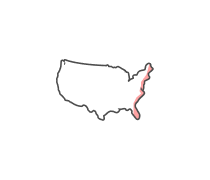Chapter 25 Quiz Consolidation Of Latin America
- AP World History
- IB History
2.
You may optionally provide this to label your report, leaderboard, or certificate.
×
Thank you for your feedback!
















